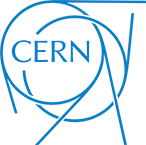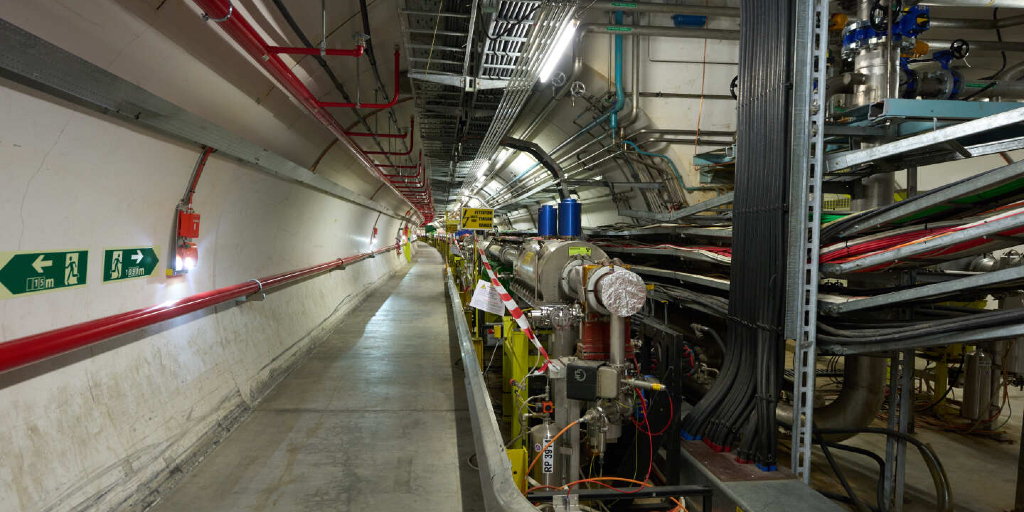Whether in listening to music or pushing a swing in the playground, we are all familiar with resonances and how they amplify an effect – a sound or a movement, for example. However, in high-intensity circular particle accelerators, resonances can be an inconvenience, causing particles to fly off their course and resulting in beam loss. Predicting how resonances and non-linear phenomena affect particle beams requires some very complex dynamics to be disentangled.
For the first time, scientists at the Super Proton Synchrotron (SPS), in collaboration with scientists at GSI in Darmstadt, have been able to experimentally prove the existence of a particular resonance structure. While it had previously been theorised and appeared in simulations, this structure is very difficult to study experimentally as it affects particles in a four dimensional space*. These latest results, published in Nature Physics, will help to improve the beam quality for low-energy and high-brightness beams for the LHC injectors at CERN and the SIS18/SIS100 facility at GSI, as well as for high-energy beams with large luminosity, such as the LHC and future high-energy colliders.
“With these resonances, what happens is that particles don’t follow exactly the path we want and then fly away and get lost,” says Giuliano Franchetti, a scientist at GSI and one of the paper’s authors. “This causes beam degradation and makes it difficult to reach the required beam parameters.”
The idea to look for the cause of this emerged in 2002, when scientists at GSI and CERN realised that particle losses increased as accelerators pushed for higher beam intensity. “The collaboration came from the need to understand what was limiting these machines so that we could deliver the beam performance and intensity needed for the future,” says Hannes Bartosik, a scientist at CERN and another of the paper’s authors.
Over many years, theories and simulations were developed to understand how resonances affected particle motion in high-intensity beams. “It required an enormous simulation effort by large accelerator teams to understand the effect of the resonances on beam stability,” says Frank Schmidt at CERN, also one of the paper’s authors. The simulations showed that resonance structures induced by coupling in two degrees of freedom are one of the main causes of beam degradation.

About CERN
Founded in 1954, CERN is the European laboratory for particle physics. Sitting astride the Franco-Swiss border near Geneva, it was one of Europe’s first joint ventures and now has 22 member states. CERN operates a unique range of particle accelerators that enable research into the fundamental particles and laws of the Universe, including the Large Hadron Collider (LHC), the largest scientific instrument on Earth. The 60-year history of CERN is marked with impressive achievements in the construction and operation of powerful linear and circular accelerators. Moreover, CERN offers unique infrastructures for the development of the most sensitive particle detectors in the world, including the four main LHC detectors – ATLAS, CMS, ALICE and LHCb. General-purpose test beam lines provide beams of electrons, muons and hadrons in a very wide energy range for testing the detectors used in the LHC and in its major upgrade, the High-Luminosity LHC, as well as in future colliders and in neutrino experiments.
Whether in listening to music or pushing a swing in the playground, we are all familiar with resonances and how they amplify an effect – a sound or a movement, for example. However, in high-intensity circular particle accelerators, resonances can be an inconvenience, causing particles to fly off their course and resulting in beam loss. […]



